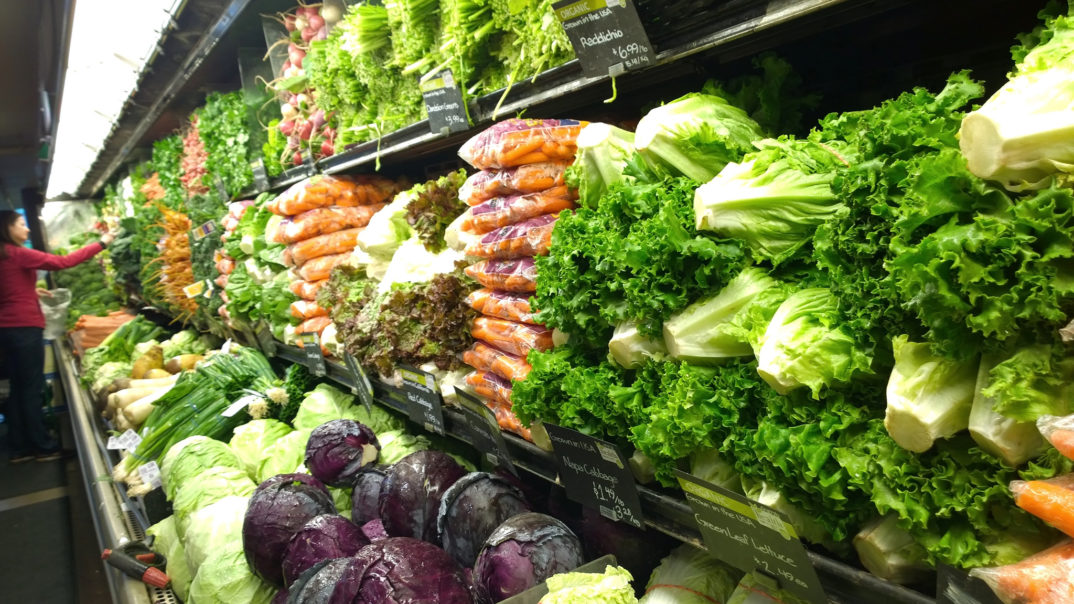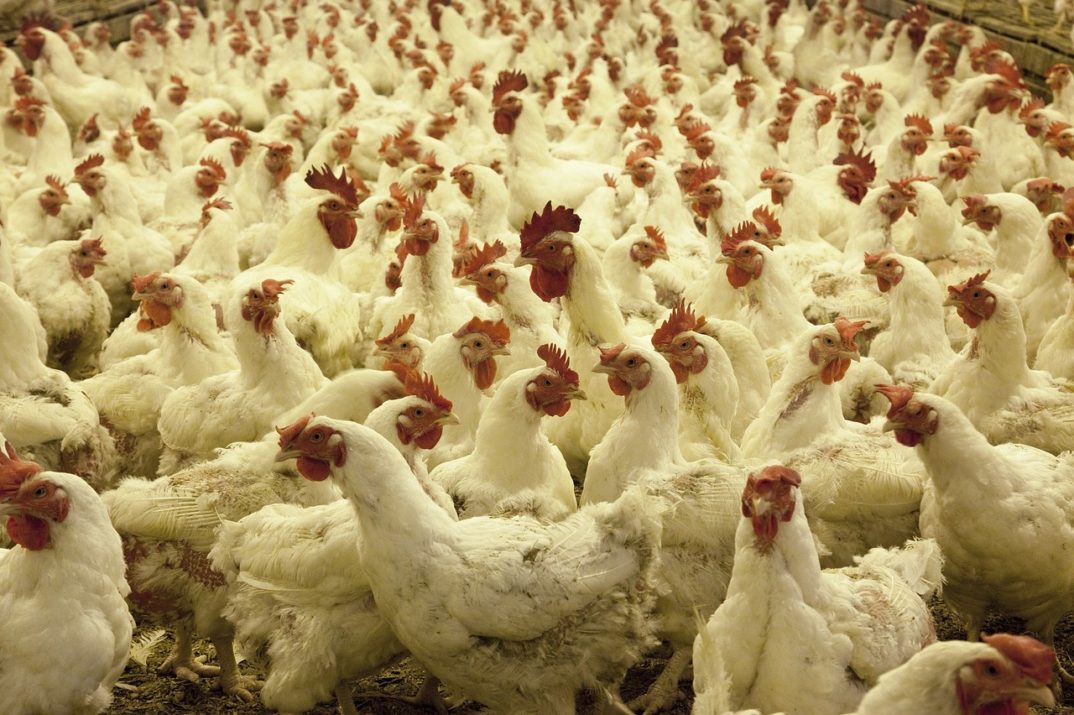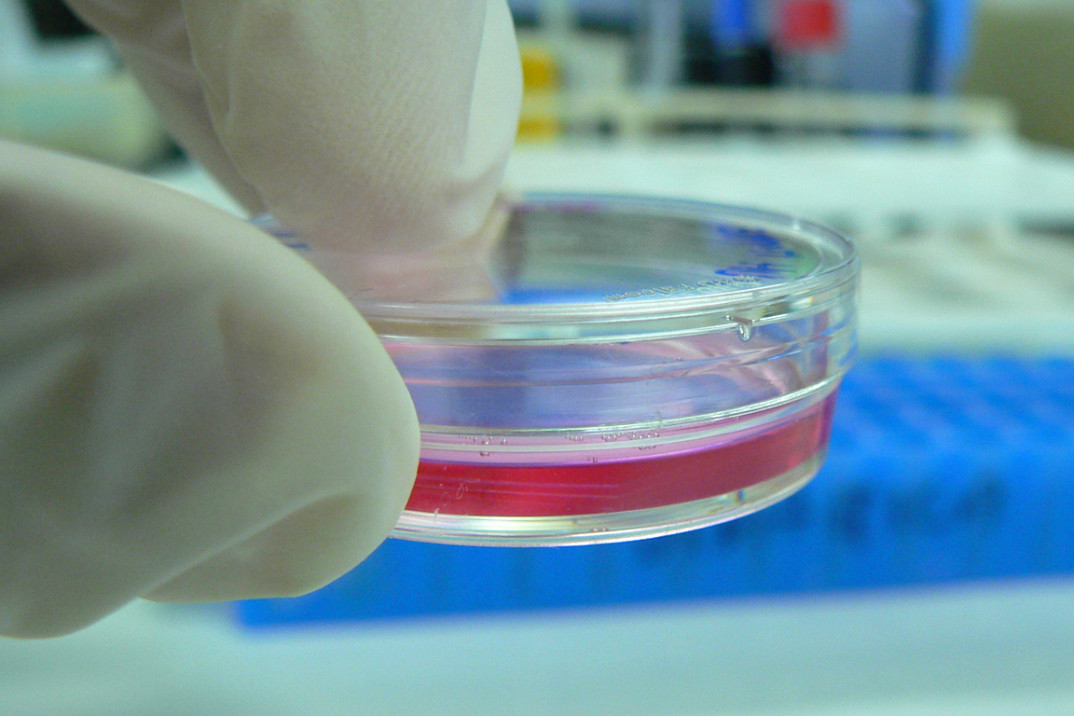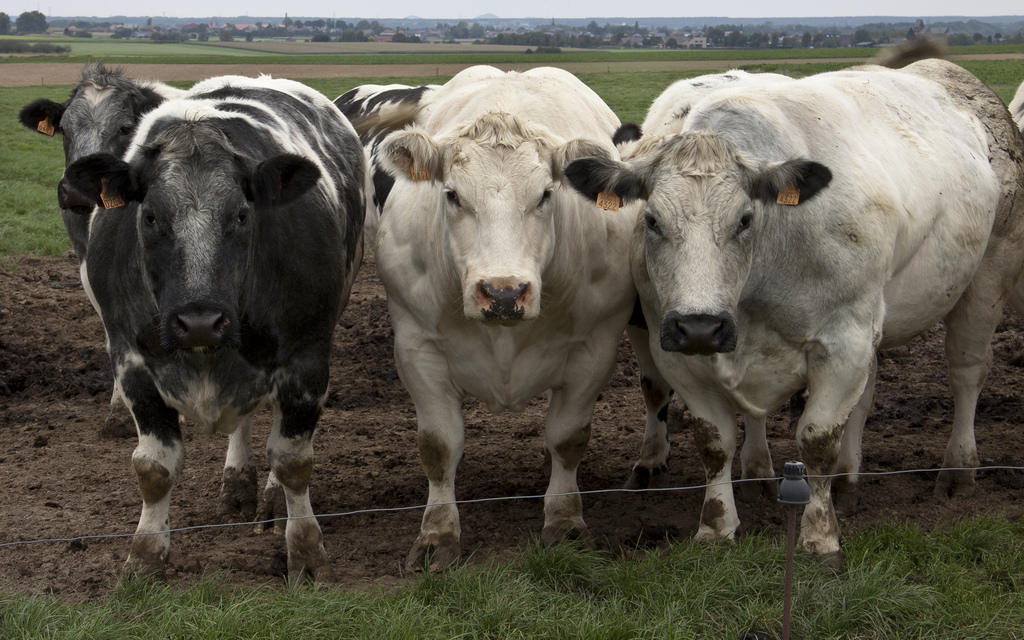This year’s Earth Day fell on a Sunday, and thousands of families across the United States celebrated the planet by participating in local festivals or visiting state parks. 2018’s Earth Day theme was End Plastic Pollution and highlighted the current plastic crisis in the world’s oceans. Numerous events fell in line with this year’s theme, ranging from horrific to hopeful. Weeks before Earth Day, a sperm whale washed up on a beach in Spain. The whale died from ingesting over 64 pounds of ocean plastic. Then, closer to Earth Day, scientists stumbled across a strain of bacteria that attacks and ingests a type of plastic used in most plastic consumer items, a bacteria that The Guardian has called a hopeful “ally against plastic.” This year’s Earth Day was overall a success and hopefully jump-started local campaigns across the country to end plastic waste. Continue reading “Earth Day, Lettuce Shortages, and Future Food Crises”





